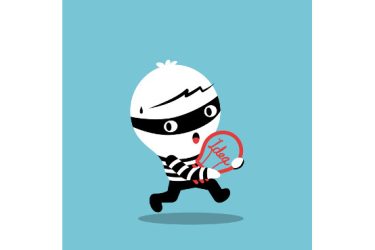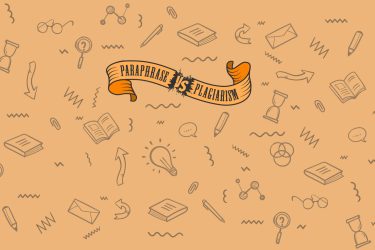Okay, plagiarism. So much has been said about this issue that it may seem quite obvious. Copying from someone is bad, one should present original work, hence check plagiarism is essential. Is it that simple? We wish it was, as all of us would have much less trouble then. However, plagiarism can get the trickiest forms, causing problems even when the author has no clue they have been violating any rules. Let’s pay closer attention to the most common cases of plagiarism occurrence, including the complicated ones, and see how to prevent them.
Complete and direct plagiarism
This type is simple. Direct, or verbatim plagiarism happens when someone takes the source text and uses it as it is, without changing a word. With direct plagiarism, it can be a line or a paragraph, while in the case of complete plagiarising the whole work is taken and passed as one’s own. Obviously, passing someone’s work for one’s own is intellectual theft which is unacceptable in academic, professional, or creative circles.
How to avoid verbatim plagiarism: Well, don’t copy someone else’s work! In fact, it’s okay to include verbatim quotes from a reputable source if needed. Just ensure you don’t overuse them, and double-check that you’ve cited everything carefully.
Improper paraphrasing
Paraphrasing is tricky, as it can be used both to disguise or avoid plagiarism. The intention and quality here make all the difference. Often, people confuse paraphrasing and synonymization, deeming replacing some words and changing the sentence order is enough to make the writing original. Someone’s ideas, however, don’t become yours after rewriting, and slightly paraphrased text without any original contribution is still considered plagiarism.
How to avoid paraphrasing plagiarism: Paraphrase properly! It includes three essential steps: 1. reflect on the material and rethink it rather than rewrite; 2. cite the sources used even if you borrow ideas and don’t quote them directly; 3. ensure your original contribution exceeds the amount of borrowed content.
Self-plagiarism
Here comes the most unobvious stuff. If plagiarism is intellectual theft, how can one steal from themselves? Let’s put it this way. Imagine you write a paper for a class, and then re-submit it to another subject. Or as a copywriter, you craft an article, publish it, and then use a part of it in a new piece, also published, causing authorship-related problems for your client.
Despite seemingly having a right to your own intellectual work, it is still plagiarism to submit the same writing several times unless it is specifically stated. (In the copywriter’s article example the situation is even more complicated, as the writer gives the rights for the article to the client.)
How to avoid self-plagiarism: Produce an original piece every time you write a text. If you need to refer to some of your published works or earlier research, you can absolutely do it, but don’t forget to cite it as a source!
Accidental plagiarism
Unintentional plagiarism is one of the most annoying and dismaying types, as it is hard to avoid intentionally. Accidental copying happens when one takes some concepts that need attribution for common knowledge facts, or even for their own idea. It’s also possible that several people come up with the same discovery out of pure coincidence.
How to avoid accidental plagiarism: Trust your guts–if it seems that you’ve seen the information you’re mentioning somewhere, better double-check. Use a reputable plagiarism detector to catch the similarities you may have missed, and edit your work before publishing, so you avoid plagiarism accusations.
Mosaic plagiarism
Mosaic plagiarism resembles an originally crafted picture with the pieces taken from other works. When the text, which is generally authentic, contains some facts and details, borrowed from the sources without attributing their authors, the writing is still defined as plagiarised. While relying on some source-proven data is okay and even recommended, it is inappropriate to include it in the work without mentioning the author.
How to avoid patchwork plagiarism: Credit your sources meticulously, even if you don’t quote them word for word, and rely only on the general idea.
Improper citing
Even the cited work can cause plagiarism-related troubles! The sources should be attributed correctly, as when the work is cited in a misleading way, it also violates the rules and may entail plagiarism accusations. Why so? The work can be seemingly nicely attributed, but if the sources it mentions do not exist or don’t contain the relevant information, it is a serious reason to suspect plagiarism cheating.
How to avoid improper citing: Go to the original source to double-check the accuracy of the data you want to include in your writing and refer to that rather than the work where you first encountered the data. Ensure that your references are correct, and use Citation Generator to accelerate the process.
PlagiarismCheck.org has designed solutions to detect even the trickiest types of plagiarism. The similarity detector and AI writing checker help teachers accelerate their workflow, and students polish their work before submitting it. Join us now to try it for free!






